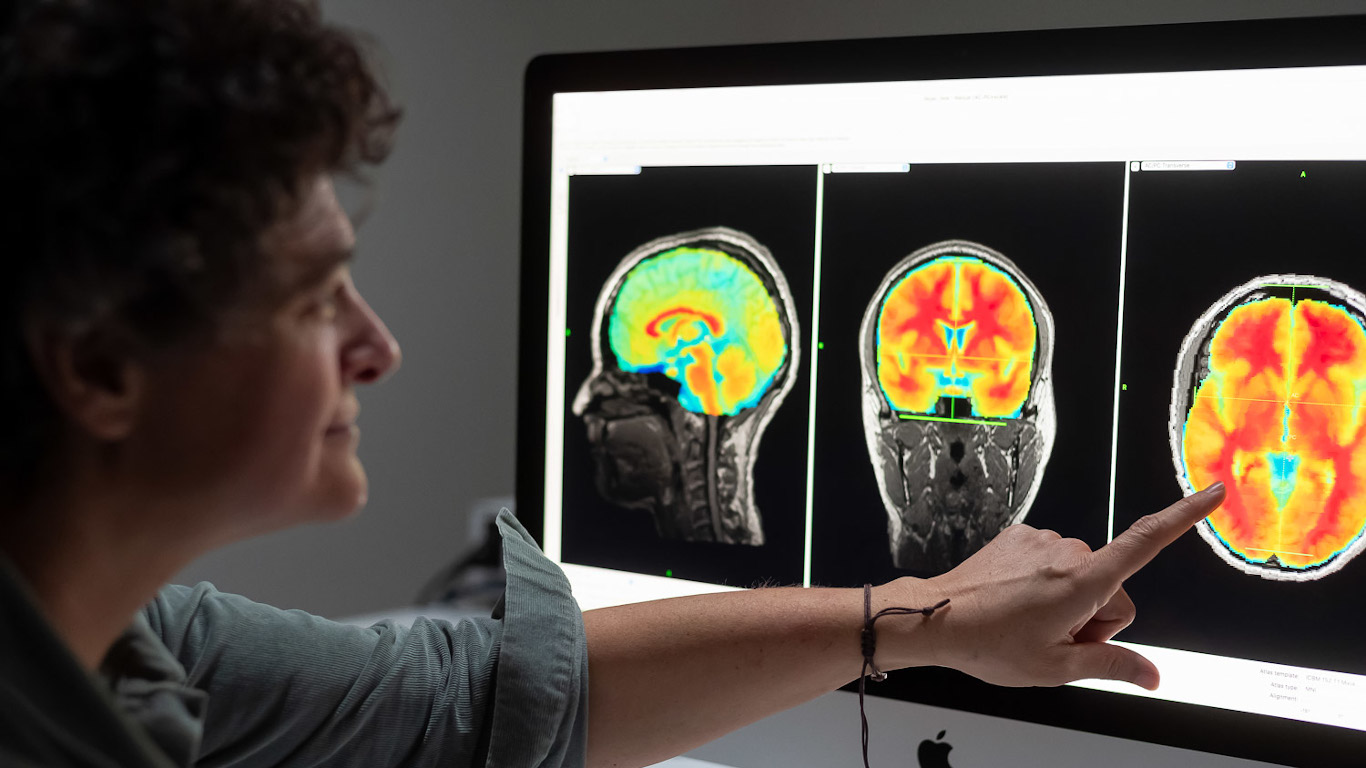
Consciousness, Learning and Control
This line aims to shed light on how the brain affords consciousness.
Central questions are: - How does consciousness interact with attention? - What is the role of the different attentional networks in conscious vs. unconscious processing? - How does implicit learning relate to consciousness and control? - How does control modulate the expression of automaticity, and implicit vs. explicit learning? - What are the neural basis of cognitive control across different domains?













